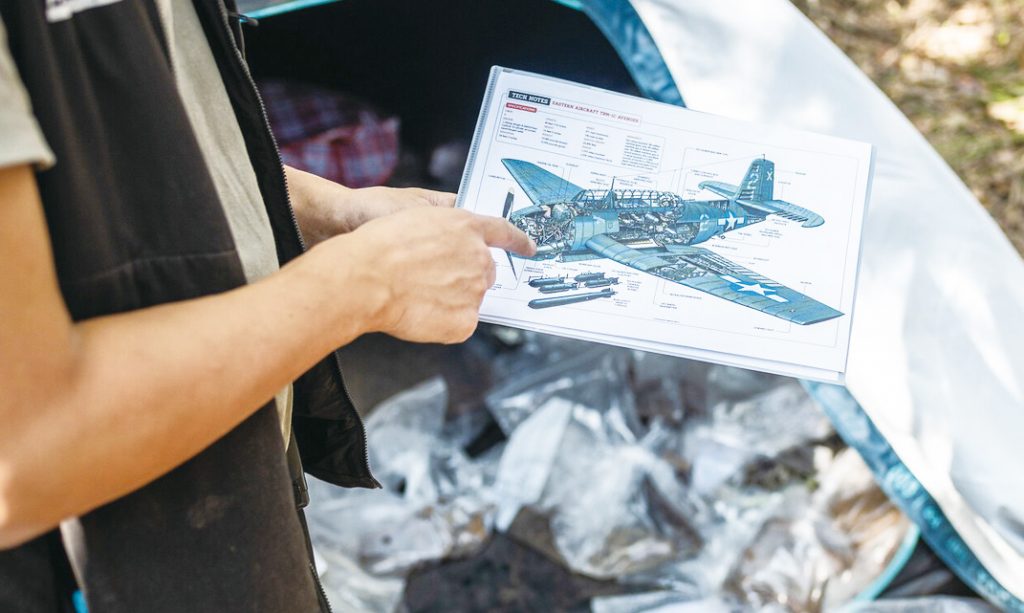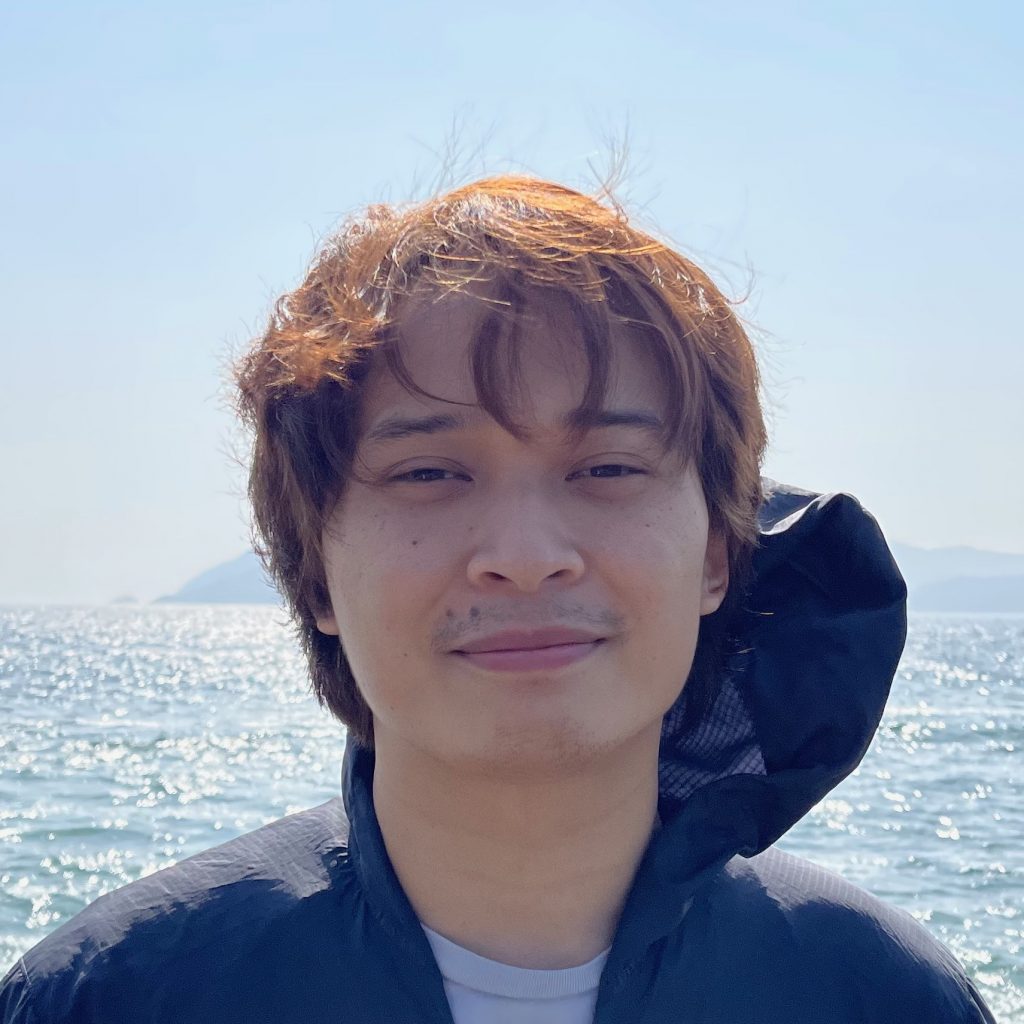November 2023 | Volume 25 No. 1
Skin and Bones
Listen to this article:
When Dr Michael BC Rivera was 13 years old, he was captivated by the American television show Bones, about a forensic anthropologist who uses her skills to solve mysteries. Dr Rivera wanted to do the same thing, but in Hong Kong, where he grew up, there were no university programmes offering this training. He went to the UK instead, ultimately earning a PhD in bioarchaeology – a branch of biological anthropology that studies human skeletons from the past to learn about the lives of individuals and societies.
Now he is back, bringing his skills to HKU where he is Lecturer of Interdisciplinary Studies in the Faculty of Social Sciences and Co-Manager of the Human Bone Collection in the Faculty of Dentistry, trying to advance his field here through research, teaching and public engagement.
“I study human skeletons that are hundreds or thousands of years old. Just like in the TV show, if you laid out an archaeological skeleton in front of me, I could tell you, for instance, how old that person was when they died, whether they were healthy, what they ate, what kind of physical activities they did. Based on details of their burial, I might also be able to tell you something about their gender and cultural identities,” he said.
In his dissertation, he investigated the historically understudied topic of people living on coasts, focussing on skeletons from modern-day Estonia and Latvia that were 1,000 to 10,000 years old. Among his findings were tiny bone growths in their inner ear – what clinicians call ‘swimmer’s ear’ – indicating they spent a lot of time in the water. Their thick arm and leg bones also indicated an active lifestyle on land.
Common traits
He hopes to do similar work in Hong Kong as ancient skeletons come available. He runs bone labs for his Common Core course on bioanthropology, ‘All You’ve Ever Wanted to Know About Humans’.
“A common question I get asked is whether nature or nurture forms us. My answer is it’s both – the environment can change our bodies, but at the same time, our species’ genes are probably coded to be flexible and adaptive,” he said.
This idea dovetails with his research and teaching interest in race and diversity. Dr Rivera teaches a history course called ‘Making Race’. Many ideas about race or ethnicity originated when European colonisers and scientists – including Charles Darwin – made negative comparisons with the different indigenous people they encountered around the world based on skin colour, body shape, clothing and other superficial details. These ideas made their way into public consciousness, but they are not aligned with science, Dr Rivera said.
“There’s a biological evolutionary reason for different skin colours – it’s due to different exposures to sunlight and UV radiation. If a person with fair skin moves to a place with high sunlight, their skin will get darker. If a person with dark skin moves to a place with low sunlight, they need to take Vitamin D supplements. It’s a trait we all have. That should unite us as a species, not divide us,” he said.
“I want more young people in Hong Kong and public audiences to know more about this history and be conscious of how we talk about race or think about human biology in today’s society.”
Engaging the public
Public engagement is a key part of his work. In his Common Core course, students must produce a public-oriented project, such as a YouTube video, social media post, school talk or exhibition. He teaches students communication skills to help improve the effectiveness of their projects.
He is also reaching out to other scholars in Hong Kong, the Greater Bay Area and Southeast Asia, and trying to provide excavation and teaching opportunities for senior students who want to pursue archaeology.
In one case, he was sought out to lead an excavation near Tai Tam Reservoir to recover the remains of a warplane that crashed in 1945. The site was overgrown but, after being discovered by local history enthusiasts, targeted for investigation in 2021. American experts were meant to come and lead the project, but the COVID-19 pandemic intervened. So Dr Rivera, who had recently arrived at HKU, was recruited instead and worked virtually with military archaeologists in the US. He also recruited about 200 volunteers, many of them students, to help in the study – a factor that caused him to tear up when the media interviewed him about the project.
“I was asked why this was significant for me. It was because this had come around full circle. I had to go abroad to enter this field. Now, I’m able to give these young people that experience I craved so much many years ago, here in Hong Kong,” he said.

Dr Rivera shows a schematic for the Grumman TBM Avenger aircraft in front of a tent full of artifacts. The Avenger plane crashed nearby more than 70 years earlier during the US Navy’s efforts to protect Hong Kong from the Japanese forces in WWII. (Courtesy of Ben Marans)
I had to go abroad to enter this field. Now, I’m able to give these young people that experience I craved so much many years ago, here in Hong Kong.

DR MICHAEL BC RIVERA

